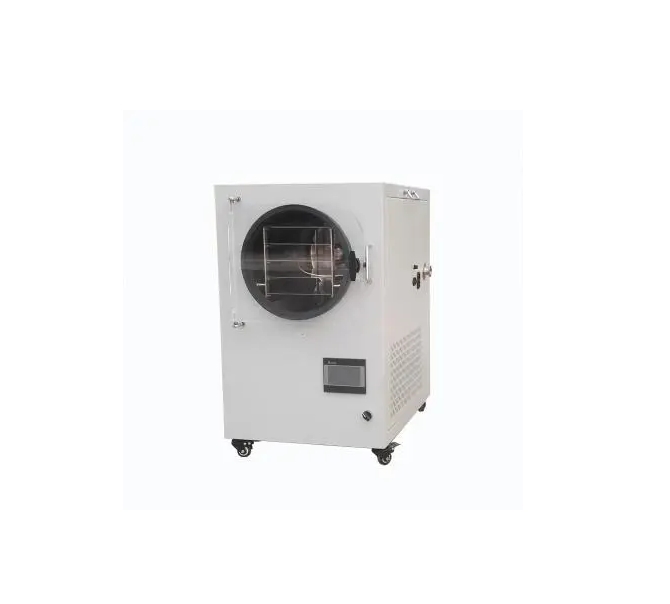The freeze-drying technology (Lyophilization) maximizes the retention of nutrients, color, structure, and flavor in food. With the popularization of home freeze-dryers, this advanced preservation method has become more convenient and practical for daily use.
In-Depth Analysis of Freeze-Drying Technology
Principle of Freeze-Drying
The freeze-drying technology rapidly freezes the food and then removes the water content through direct sublimation under vacuum conditions. This technique is particularly suited for heat-sensitive materials, allowing the preservation of the food’s original properties without damage.
Advantages of Freeze-Drying Technology
Compared to traditional drying methods, freeze-drying causes minimal cell disruption, maintaining the nutritional and structural integrity of the food. The main advantages include:
– A nutrient retention rate of over 95%;
– Quick rehydration, reducing reconstitution time to just a few minutes;
– Extending shelf life to several years, significantly outlasting traditional dried foods.
Operating Steps and Parameters for Home Freeze-Dryers
Preparation Phase
1. Selection and Pre-treatment of Food: Ensure the food is clean and uniformly sliced (recommended thickness: 1-5mm) to ensure drying efficiency.
Freezing Phase
2. Freezing Settings: Place the food in the freezing chamber, set the temperature to -40°C, and freeze for about 24 hours to ensure the complete solidification of the food items.
Drying Phase
3. Primary Drying (Sublimation Phase): Set the device to maintain a temperature between -20°C and -10°C for 18-24 hours. This phase mainly removes unbound water from the food.
4. Secondary Drying (Adsorption Phase): Increase the temperature settings to 35°C, maintaining it for 8-12 hours to remove bound water, ensuring thorough drying.
Finalizing and Storage
5. Cooling and Packaging: After drying, allow the food to cool naturally to room temperature within the machine and then quickly package and seal it in a dust-free environment. The use of desiccants and oxygen absorbers can further enhance preservation.
Application Cases
Efficient Preservation of Vegetables: For example, freeze-dried spinach undergoes pre-treatment and drying, retaining near-original color and nutritional value while significantly reducing volume and weight, facilitating long-term storage.
Preparation of Ready-to-Eat Meal Boxes: Prepare a complete meal containing rice, vegetables, and meat. Once processed through freeze-drying, it can be quickly reconstituted, offering a healthy option for busy lifestyles.
Conclusion
By following the steps and parameters outlined above, operating a home freeze-dryer not only provides scientifically sound results but also helps users effectively preserve food, innovating food processing methods, and enhancing the portability and shelf life of food products.


